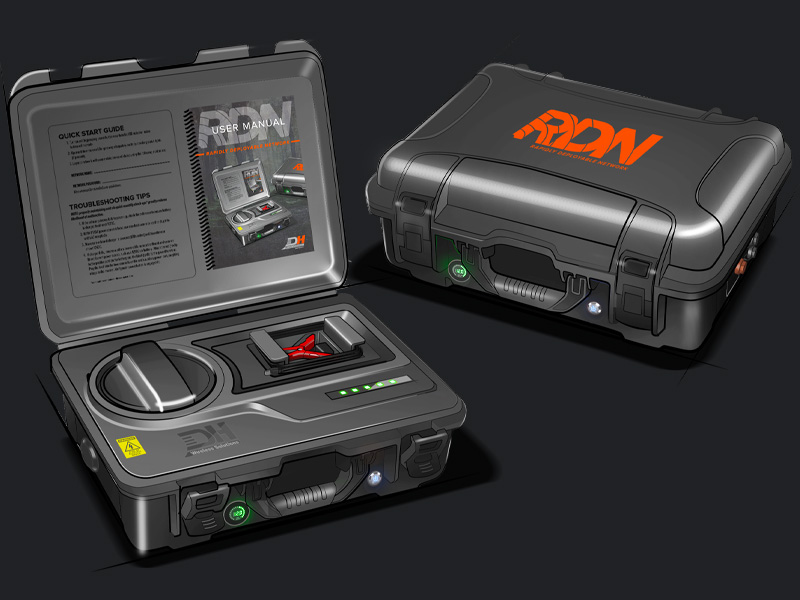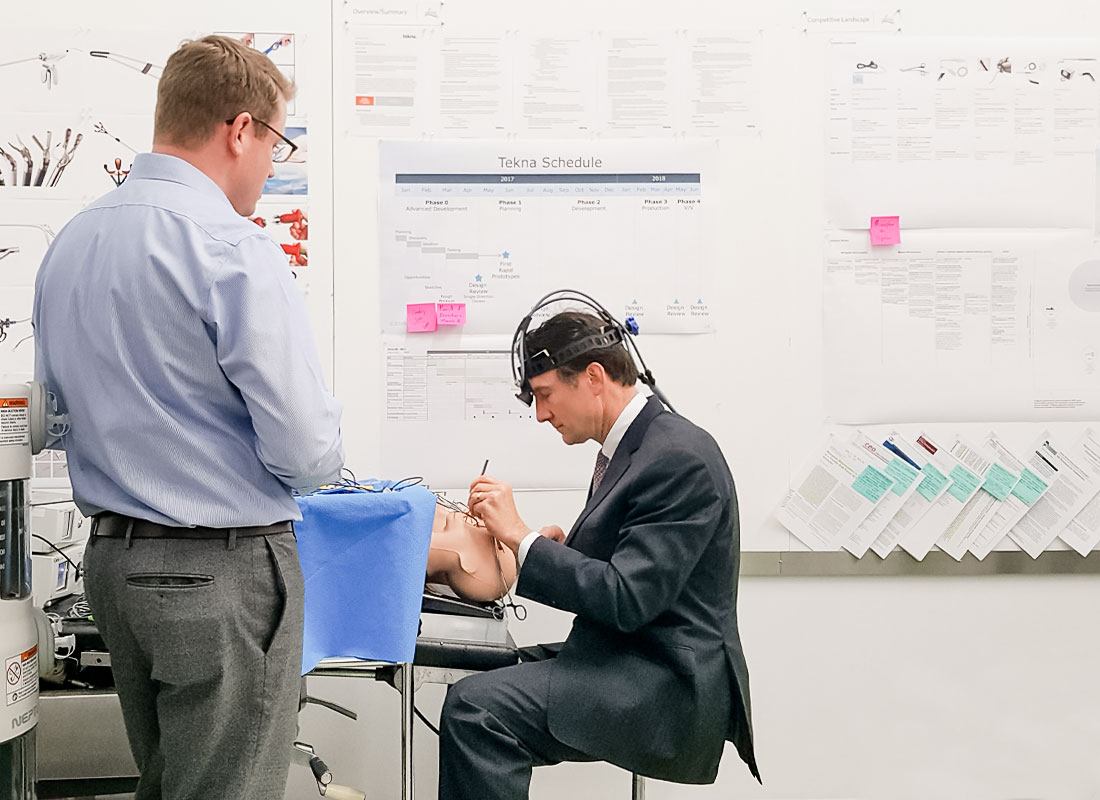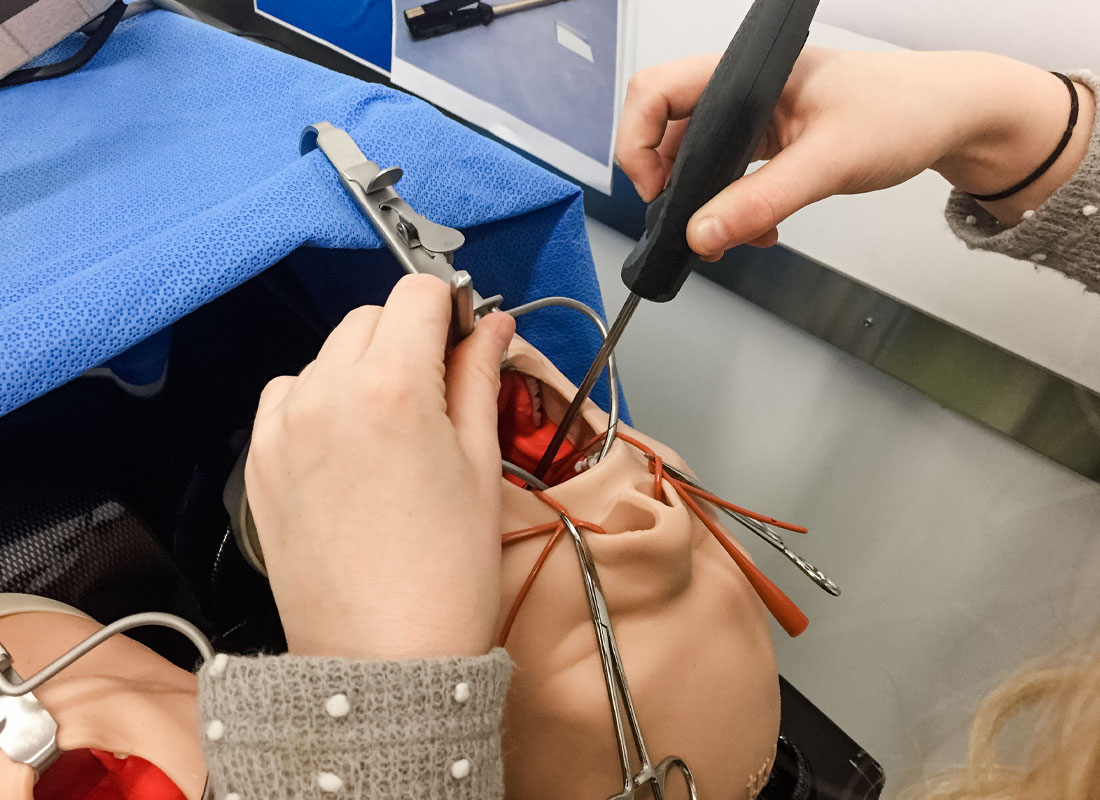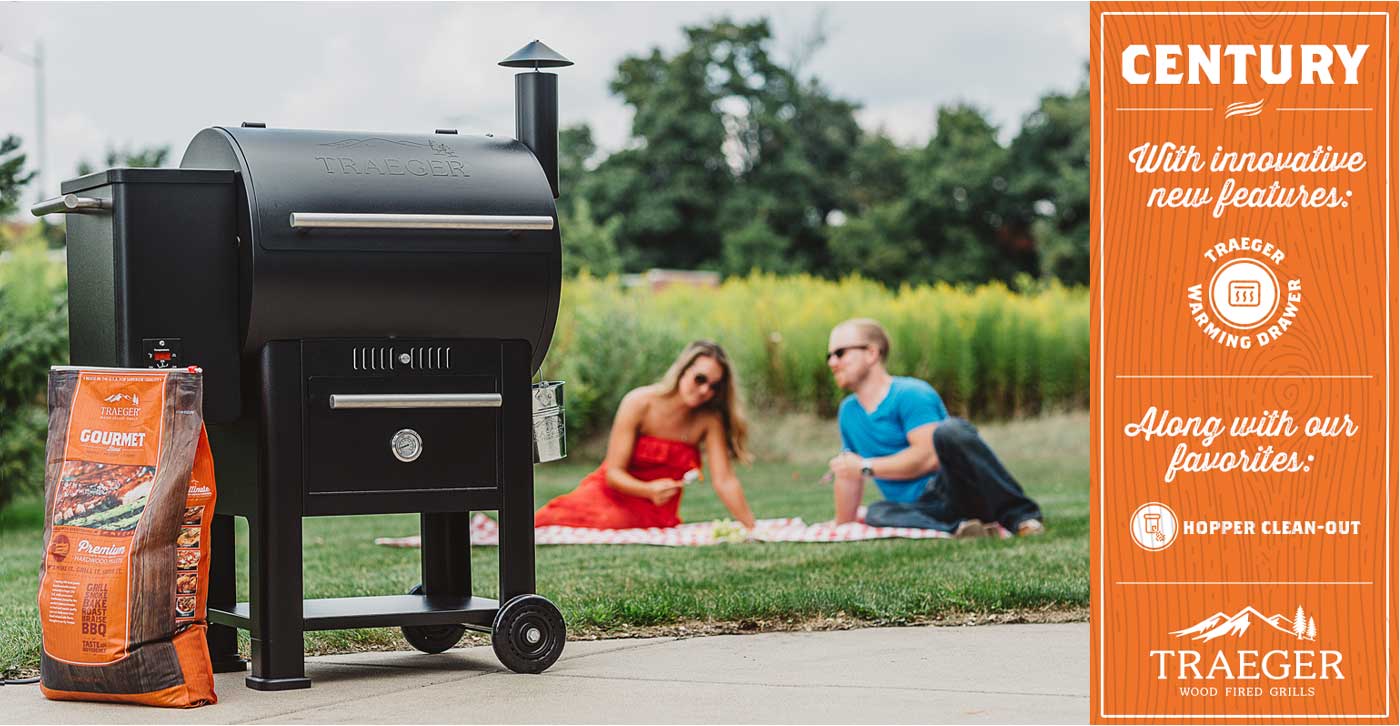Create value through engaging products
Industrial Design is our founding discipline. For more than 30 years, we’ve designed products and experiences that have built and differentiated businesses. With the power to visually captivate, physically immerse, and emotionally connect to the human experience, design forms perceptions and influences actions.
As the bridge between marketable ideas and engineered solutions, design transforms insights and translates ideas into meaningful products, connecting the desired user experience with the business objective.
Whether it’s new products or existing ones, design is about perspective
Sometimes it’s a fresh perspective and other times it’s about bringing the level of expertise you need to gain confidence. To us, design is always:
Collaborative
Human-Centered
Business-Minded
Universal
We want it to be real, we want it to be desirable, and we want you to be successful
Setting a vision takes different forms. The quicker you can visualize it, the quicker you can work with it. Fueled by research and insights, we work with you to visualize and drive design that can exist in the here and now while showing a way into the future.

Idea Generation
Maybe you already have an idea, maybe you know a market you want to tap into, maybe you need to build out your current product portfolio, or maybe you’re trying to define a 3-5-10 year roadmap for your business. Using Design Thinking tools and methodologies, we facilitate these conversations and get thoughts down on paper.
Innovation Workshops
Product Portfolio Planning and Roadmapping
Storyboarding
Journey Mapping
Concept Development
Start with a divergent approach to generate more creative ideas and explore multiple possibilities for product architecture. Then, converge by organizing and structuring the concepts to lead to the best solution. Through cross-collaboration with engineering, materials, and manufacturing, create concepts that are desirable, feasible, and viable.
Design Sketching and Detailed Development
Color, Materials, Finish
Product Rendering

Make better design decisions by taking it further earlier


Human Factors and Ergonomics
Intuitive
Works with User's and their Capabilities
Works with the User's Expectations
Works with the Environment
Keep the connection to the customer all the way through
Visual Brand Language
Branding
Packaging

